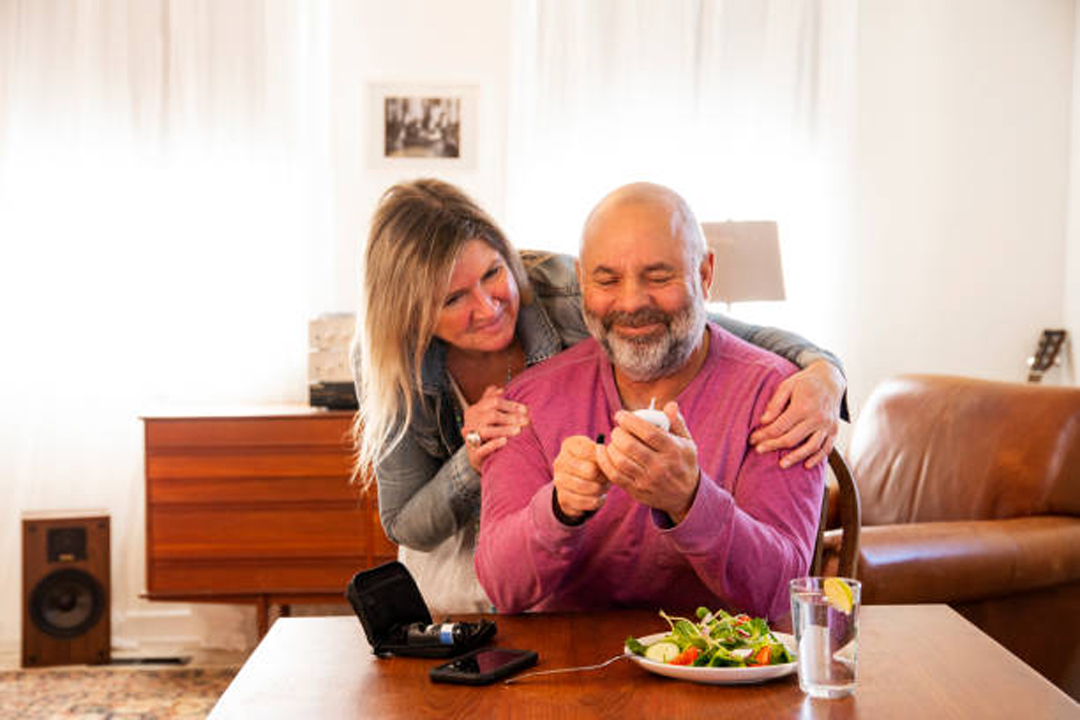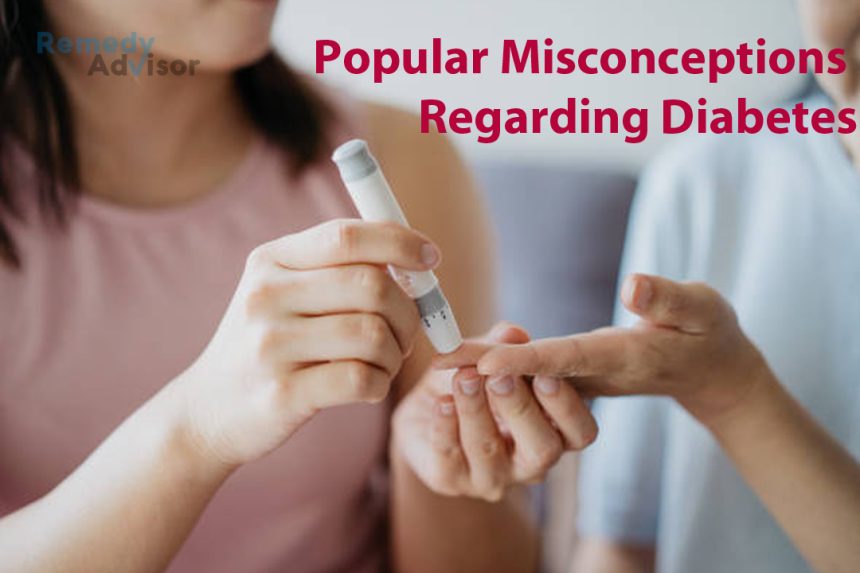Diabetes is the most common chronic, serious ailment in the US. It’s the leading cause of both blindness and kidney failure. It can cause nerve damage that requires amputations. And diabetes greatly raises the risk for heart disease and stroke.
Despite the wide swath diabetes cuts through our society, many people harbor misconceptions about the disease
Misconception 1: Diabetes is a disease that kids get and if you didn’t get it then, you needn’t worry about it now.
Misconception 2: Diabetes is an old person’s disease and middle-aged people needn’t worry about it.
Misconception 3: When older people get diabetes, it’s mild.
Two types of trouble
Both kinds of diabetes involve elevated blood sugar levels, along with abnormal metabolism of fat and protein.
Type 1 diabetes
Type 1 diabetes appears most often by young adulthood. But this type (once called juvenile-onset diabetes) accounts for only 5% to 10% of diabetic patients.
Type 2 diabetes
Type 2 diabetes strikes 8% to 10% of adults at some time in their lives. While Type 2 usually develops after age 45, half of all people with the disease develop it before age 60.
Background: Blood sugar is normally regulated by insulin, an enzyme synthesized by beta cells in the pancreas.
In Type 1 diabetes, an auto-immune reaction destroys the beta cells, leaving the body unable to make insulin. Without insulin injections, death may occur in a matter of days.
In Type 2 diabetes which is often associated with obesity the beta cells fail to make enough insulin. Because Type 2 diabetics may not need insulin shots, many people wrongly assume that the disease isn’t serious.
The onset of Type 1 diabetes is usually obvious. Common symptoms include extreme thirst, frequent urination, blurred vision or unexplained weight loss.
With Type 2, glucose levels rise so slowly that these symptoms take longer to show up or develop so gradually that they’re noticed only after complications start to occur.
Half of the people suffering from Type 2 diabetes don’t even know they have it. And the longer diabetes goes untreated, the greater the risk of complications.
Testing guidelines
The current testing guidelines issued by the American Diabetes Association urges all Americans age 45 or older to be screened for diabetes at least once every three years.
The screening test recommended by the guidelines is simpler and less unpleasant than the old oral glucose-tolerance test. That test given after an overnight fast required the patient to drink sweet syrup, followed by a blood test two hours later.
The fasting plasma glucose test also requires an overnight fast. But the patient doesn’t have to drink the sweet liquid or wait two hours.
With the old guidelines, anyone whose fasting blood sugar level was 140 or higher or whose sugar level two hours after the drink was 200 or higher was said to have diabetes.
With the cunent guidelines, the cutoff is 126. Research shows that complications start to develop when blood sugar rises above that level.
Getting the best treatment

From diet and exercise to new drugs, there are now several ways to control Type 2 diabetes and associated problems like high blood pressure, elevated triglycerides, low HDL (good) cholesterol, etc.
Caught early, Type 2 diabetes can often be controlled with diet and exercise alone.
Eighty percent of Type 2 diabetics are overweight. Once these patients lose weight even as little as a few pounds blood sugar level and metabolic state improve. So do blood pressure and cholesterol levels.
Unlike Type 1 diabetic who must carefully monitor the balance of carbohydrates to other foods at every meal Type 2 diabetics can mainly concentrate on cutting calories.
The best way to do this is to cut back on saturated fat and to boost consumption of grains, fruits and vegetables.
What about eating less sugar? That’s less important for Type 2 than Type 1 diabetics. However, since reducing sugar consumption can help keep blood sugar under control, it’s worth doing.
Exercise reduces the body’s insulin needs by boosting the cells’ sensitivity to insulin. To get started, go for a 20-minute walk each evening or take the stairs instead of the elevator at work, while shopping, etc.
Caution: If you aren’t used to physical activity, check with your doctor first.
When diet and exercise aren’t enough to do the job, it’s time for drug therapy. There are now a variety of medications that can help control Type 2 diabetes.
• Sulfonylureas (SFUs)
Sulfonylureas (SFUs) stimulate the pancreas to make insulin. Side effects can include hypoglycemia (low blood sugar) and weight gain.
• Biguanides
Biguanides, including metformin (Glucophage), reduce the amount of sugar released by the liver. This lowers blood sugar to levels similar to those achieved with SFUs but without the side effects of hypoglycemia or weight gain.
• Alpha-glucosidase
Alpha-glucosidase inhibitors, including acarbose (Precose), slow digestion of carbohydrates and block their absorption. Because their effect on blood sugar isn’t as powerful as that of SFUs and biguanides, these medications are generally better suited for mild diabetes.
Insulin injections
When oral drug therapy fails to control diabetes fully, insulin injections can dramatically lower glucose levels.
Most patients who learn to give themselves insulin injections are surprised at how simple and painless the process is.
Type 2 diabetes rarely requires the frequent injections needed to control Type 1 once or twice a day is often enough.







